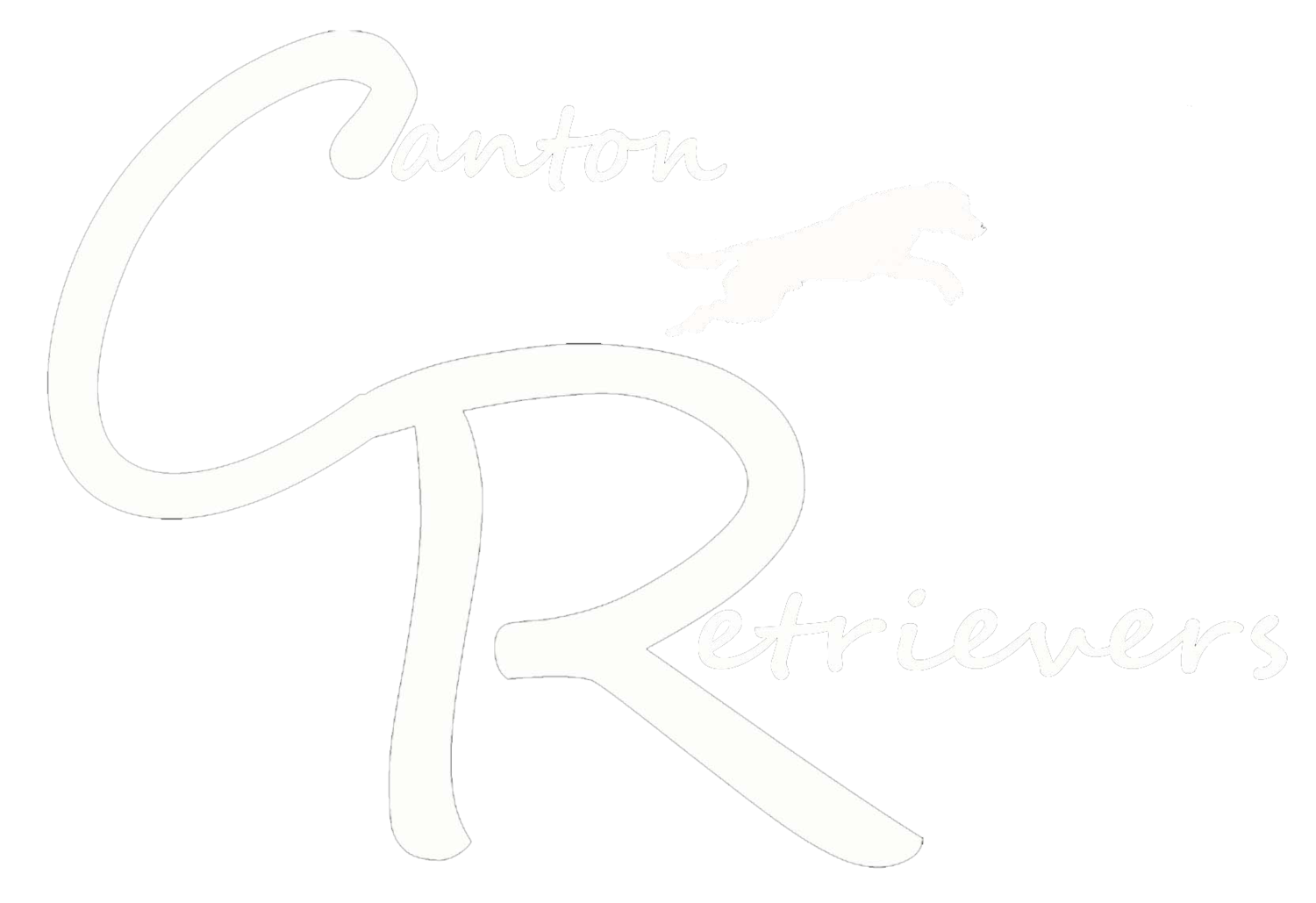The structure in the life of a gun dog is key, especially in training. This training is key to allow them to know what is coming next. This allows the trainer to work in short, and often, training sessions to work in the dog’s natural focus timespan. It also sets the dog up for success since they know what’s coming. And focus is maintained due to ample rest in between training.
Morning Training
No matter the breed or age, the first thing a dog should do is go potty and feed. Take care of the basic life needs so the dog is happy and ready to work. Once that’s taken care of, I’ll focus on obedience. It’s the foundation of any gun dog. Again, this is the same for an 8 week old puppy to an advanced field trial dog. There are three things I’m looking for in an established gun dog. I want a dog that hunts with me, stops when I tell it to stop, and picks up the retrieve when I say so.
The foundation of these three goals start with obedience. A field dog, no matter their age, will spend their mornings learning to work towards perfection of covering ground efficiently and effectively. A puppy will spend time on a check cord to assist direction and path while an established gun will be working on hand signals or body language and direction.
If I’m working with a duck dog, I’ll be working on control of the dog directly next to me. Sit, here, and heel are the main focus points every duck dog will need to master. A puppy will be set up in low distraction environments and an older dog will need to maintain place with a duck landing in front of their nose.
The morning is the most focused and fresh your dog’s mind will be. Working on the foundation of obedience in this timeframe is critical to their success. Keep the sessions short, often, and remember to place the dog in the kennel immediately training. This will let the dog soak in the training and refresh for the next session.
Afternoon Training
The afternoon is a good time to flex training dependent on what the individual dog needs. First though, it’s important to get that dog out to go potty. Remove any unnecessary distractions from the dog so they can focus on the upcoming task.
If I’m working an upland dog, this timeframe is great for numerous bird contacts. Build the natural drive built into the genetic makeup of the breed of you’ve chosen. A brand new puppy will be introduced to a shackled pigeon while on a check cord - controlling the environment. The intermediate or advanced gun dog will work on planted birds in field situations. This time will be spent establishing scent cones and establishing control around birds in a field environment.
The afternoons for a duck dog will be spent less on bird contact and more on waterfowl hunting situations. Exposure to these kind of situations builds confidence through repetition in a variety of environments they will encounter in the field. A puppy can expect basic water introduction, extremely simple water marks, and creating controlled hunting simulations. These foundational elements of waterfowl training will allow the advanced bird dog to focus on perfection of retrieving in the water, working thick reeds, and traversing the many obstacles they will find.
Evening Training
The evening is a great time to recap the whole day. It’s important to take note of successes to build upon or failures to reassess. I think of a bird dog being built upon a chain made of training links. At any given time, there are weak links in the training. The evening is the time I go back to work on the weak links to strengthen the overall chain.
The evening training allows the dog to think about the training they’ve ended the day with. The dog is then given the opportunity to spend its time in the kennel to relax and sleep for a fresh start the following morning.

